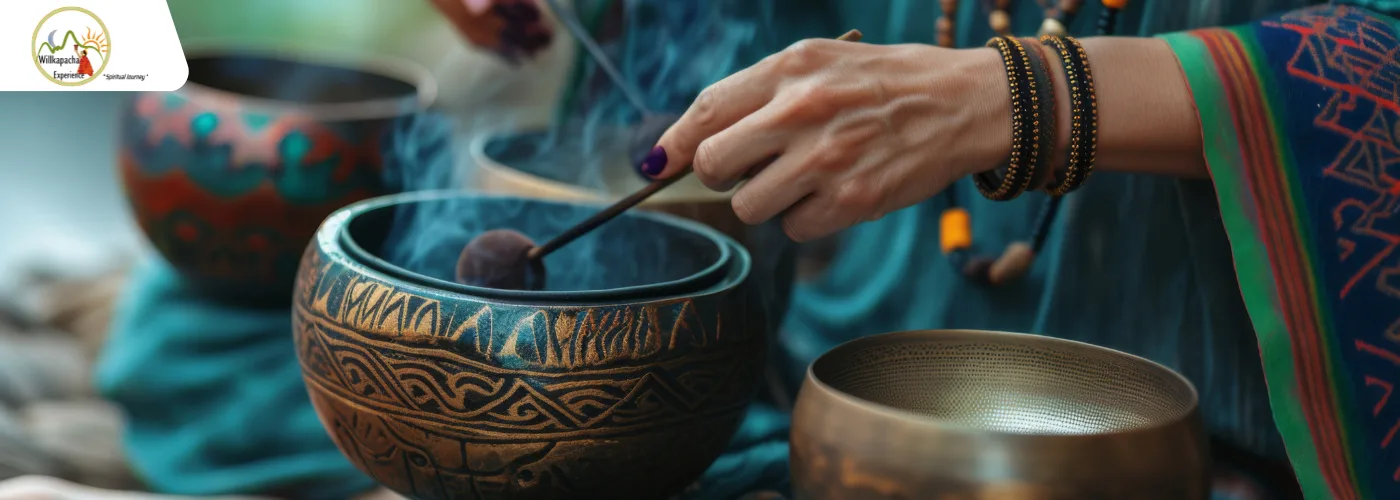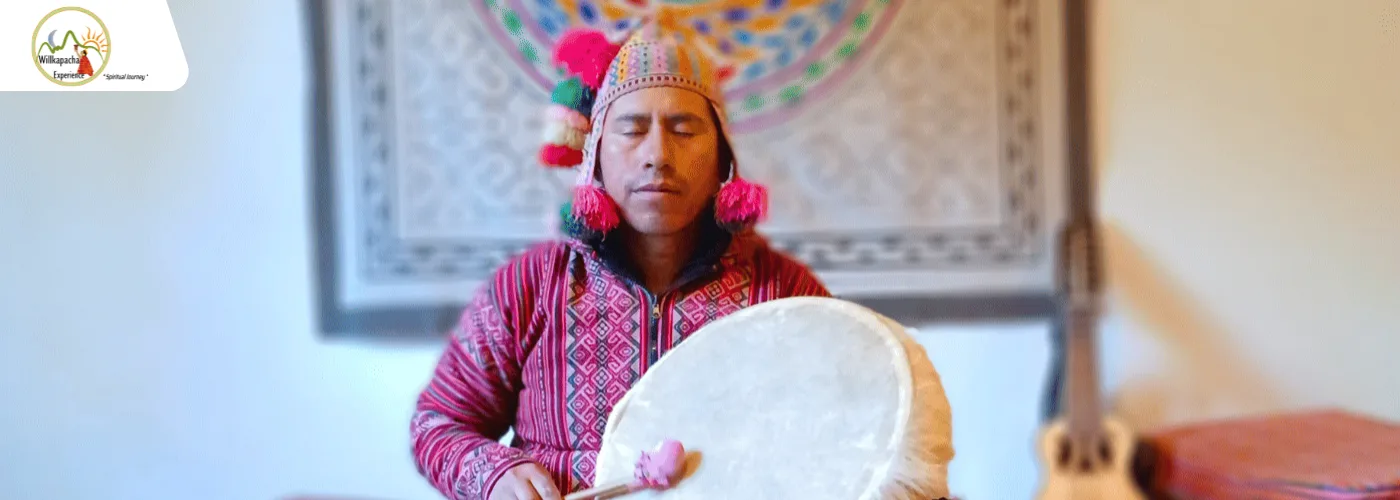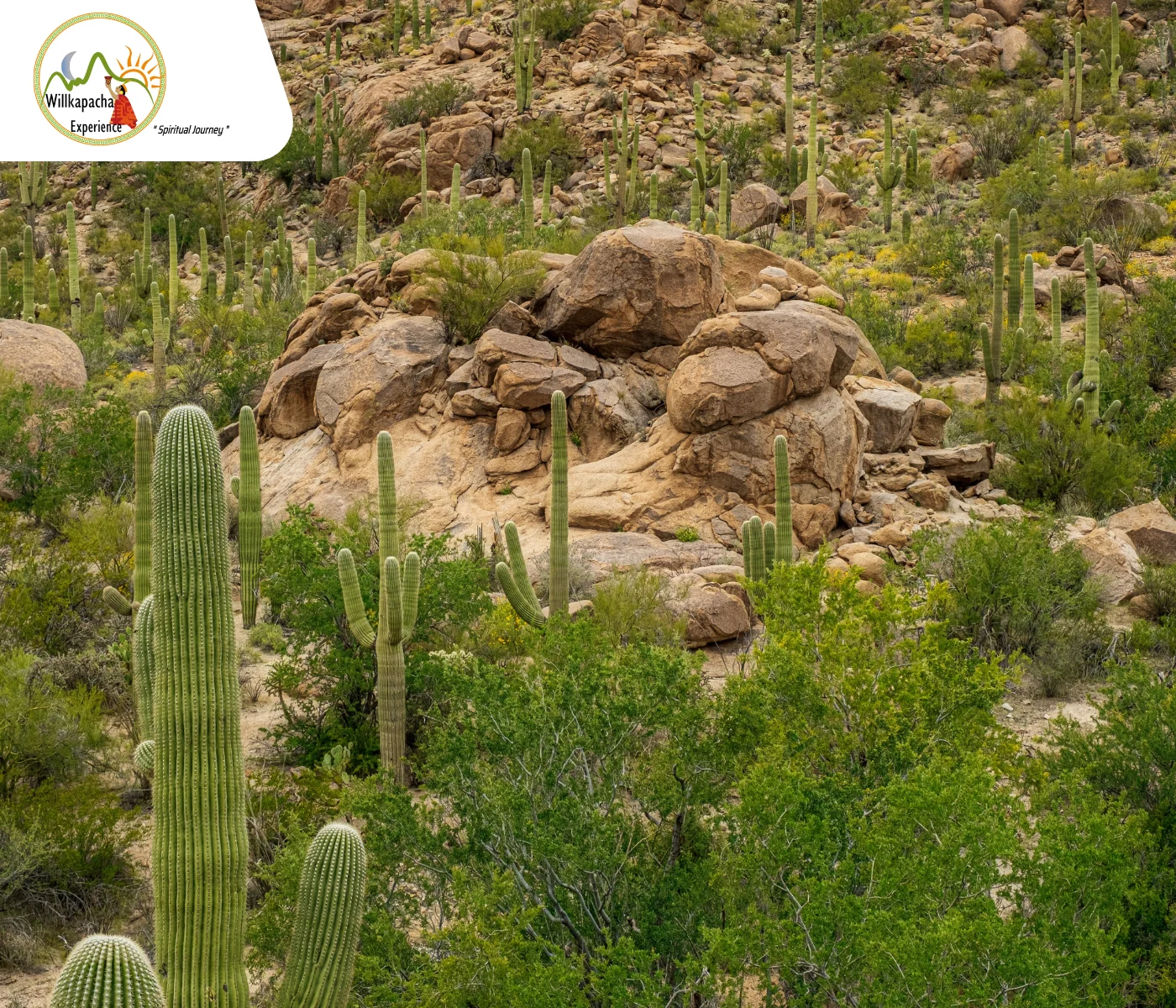In the high valleys of the Andes, where the clouds brush holy mountains and time seems to bend, a plant has quietly held wisdom across generations: Wachuma (also known as San Pedro). For thousands of years, Andean shamans and healers have gathered under the stars to share in the Wachuma cactus ceremony. It is a ritual of healing and connection to Pachamama: The great Mother Earth.
The Wachuma ceremony at Willkapacha Experience isn’t just an event! It’s an invitation into one of the oldest spiritual practices of South America, where participants step into a sacred circle that blurs the boundaries between body and spirit.
The Sacred History of Wachuma
The cactus itself, locally known as Wachuma and globally as San Pedro, has been used in Andean culture for more than 3,000 years. Archaeological evidence from temple carvings in Chavín de Huántar to ceremonial vessels suggests that the Wachuma cactus ceremony was connected to spiritual life long before modern borders divided Peru. Ecuador. Bolivia.
The name “San Pedro” comes from the Spanish colonial era! When Christian settlers compared the Cactus to Saint Peter. The keeper of the keys to heaven. But the earliest name Wachuma carries a deeper resonance. In Quechua, it signifies “removing the head”. A reference to the way the cactus helps free the mind from everyday worries and illusions. It opens a space for visions and clarity.
Entering the Ceremony
A Wachuma ceremony experience time and again begins in the early morning! Right when the sun spills gold across the mountains. The group gathers in silence. It is guided by a maestro or curandero (shaman), and the cactus medicine is prepared by them. The drink, bitter and earthy. It carries within it the alkaloids of the San Pedro cactus. It includes mescaline: the key compound that opens the doors of perception.
It is not like other plant medicines of the Amazon. Wachuma is gentle. Participants time and again describe it as a slow river. It carries them toward insights with comparison rather than intensity. While ayahuasca journeys may feel like a storm, the Wachuma ceremony is a sunrise: Gradual. Warm. Full of illumination.
Willkapacha conducts the ceremony in a safe and holy space surrounded by nature. Mountains stand as guardians. The wind. The condors. The rivers. Everything becomes part of the dialogue between the participant and the plant.
The Wachuma Ceremony Experience
What happens during a Wachuma ceremony experience is different for each person. Some find themselves in a deep introspection: Revisiting old memories and emotions with new clarity. Others feel a deep connection to nature: Trees seem to breathe. Rivers sing. Stones hum with ancient energy.
Many describe it as a heart-opening medicine. Emotions long buried rise gently. It allows participants to see them without fear. For some, this gives rise to tears of release. For others, to laughter and joy. The medicine doesn’t force: It invites.
Time seems to dissolve. Hours may pass like minutes. Some participants find themselves journaling. Others are lying in the grass. Others in conversation with the shaman. Music, time and again played with traditional instruments like the flute or drum: It spins through the experience and guides participants deeper into their inner worlds.
Healing and Transformation

The Wachuma cactus ceremony is about healing. But healing here is not only about physical ailments! It is about the soul. The Andean worldview sees sickness as an imbalance between: The shelf. The community. Pachamama. Wachuma restores balance.
People come to the Wachuma ceremony searching for answers to many things: Grief. Depression. Anxiety. Sense of disconnection. Others search for spiritual growth. Clarity in their life path. Deeper understanding of their place in the cosmos.
Scientific research has started to catch up with what shamans have known for centuries. Studies suggest that mescaline can support neuroplasticity and help people break destructive patterns. But apart from science, participants often describe something more precise: A feeling of being seen and guided by a wisdom far older than themselves.
Wachuma and Pachamama
It is not like other plant medicines that often take participants into visions of another world. The Wachuma ceremony experience is deeply seated in the here and now. Participants speak of merging with the earth itself.
You may find yourself noticing the veins of a leaf with awe or feeling the heartbeat of the mountain beneath your feet. This is not a hallucination. It is a revelation. Wachuma is called the “cactus of the four winds” because it connects us not just to ourselves but to the directions and the greater cycles of life.
At Willkapacha, every ceremony emphasizes this sacred connection. Offerings are made to Pachamama: Coca leaves. Flowers. Prayers: Honoring the reciprocity that sustains Andean spirituality. To receive the medicine is also to give back to remember that healing is a dialogue, not a transaction.
The Role of the Shaman

At Willkapacha, shamans guide participants with compassion and integrity. We ensure that the medicine is held in is holy context. This is not a recreational journey: It is a ceremony. The setting. The prayers. The Traditions. All these elements protect the participant and amplify the medicine’s gifts.
No Wachuma cactus ceremony is complete without the guidance of an experienced shaman. In the Andes, the curandero is more than a facilitator: They are a bridge between worlds. They carry: Songs. Prayers. Rituals are handed down through generations.
Integration: Walking with the Medicine
The end of a Wachum ceremony experience does not mean the end of the journey. In fact, it is only the beginning. Integration: The process of bringing the insights into daily life is essential.
Many leave the ceremony with a renewed sense of gratitude. A softer heart. A clearer vision of their purpose. Some find themselves making life changes: Letting go of toxic relationships. Adopting healthier habits. Pursuing long-held dreams.
The medicine is fine! Its effects ripple outward. A single Wachuma cactus ceremony can echo for weeks or even years. As participants continue to unfold the teachings in their everyday lives.
Closing Thoughts
The Wachuma ceremony is more than an encounter with a cactus. It is a meeting with yourself and the earth that sustains us all. In a time when life often feels fragmented and disconnected, Wachuma offers a return: A remembering of something evergreen and essential.
The journey is not always easy, friends! But it is undeniable that it is always true. For those who get into the Wachuma ceremony experience: It becomes not just a memory! But a compass. It is a reminder that the path to healing has always been under our feet and waiting to be walked.

